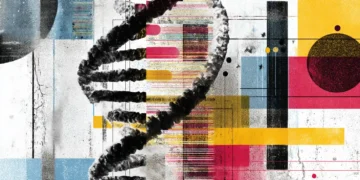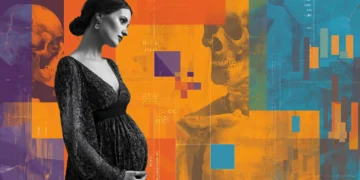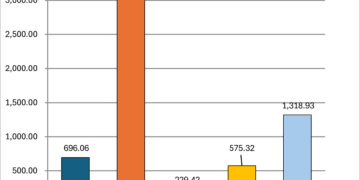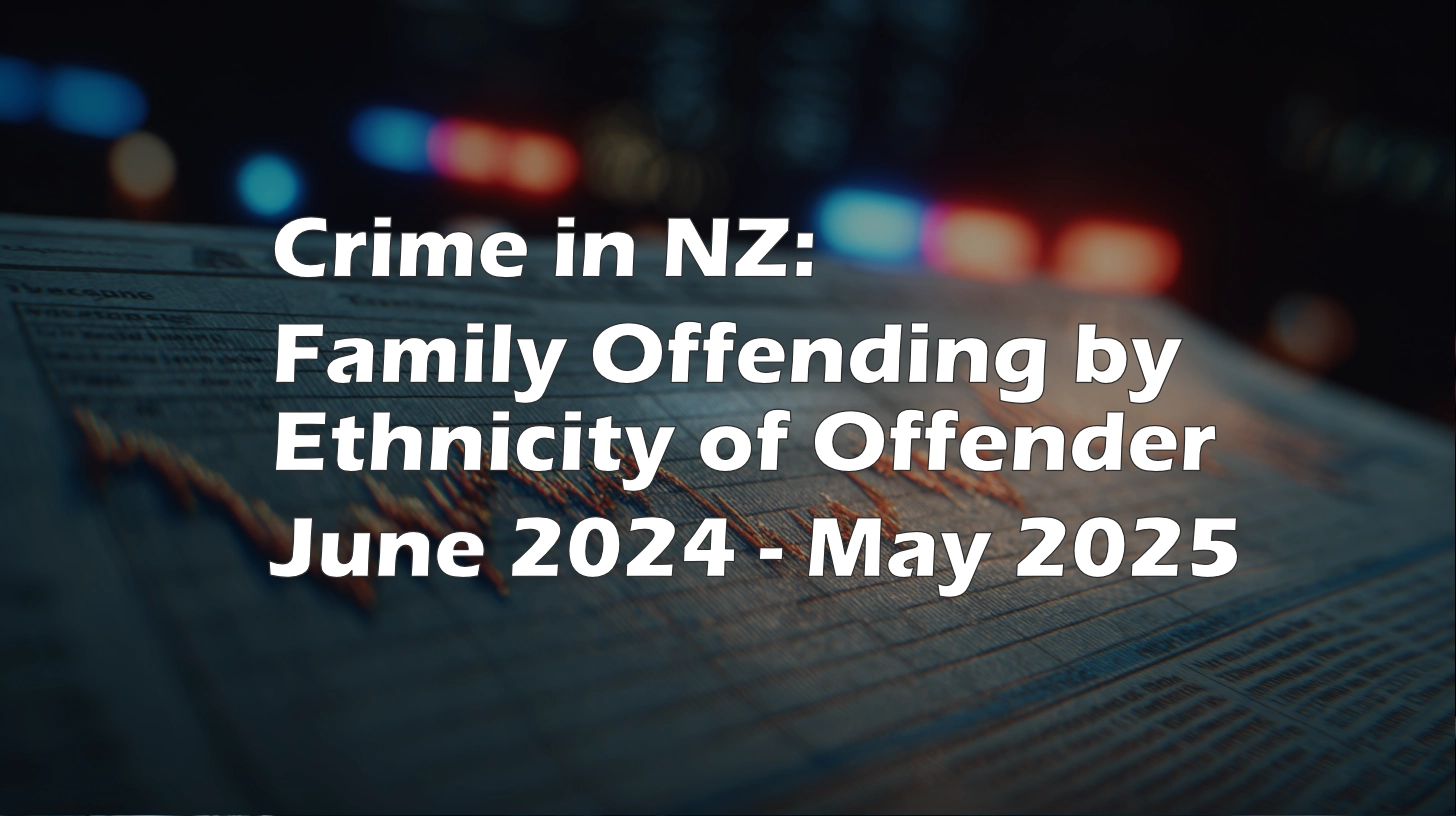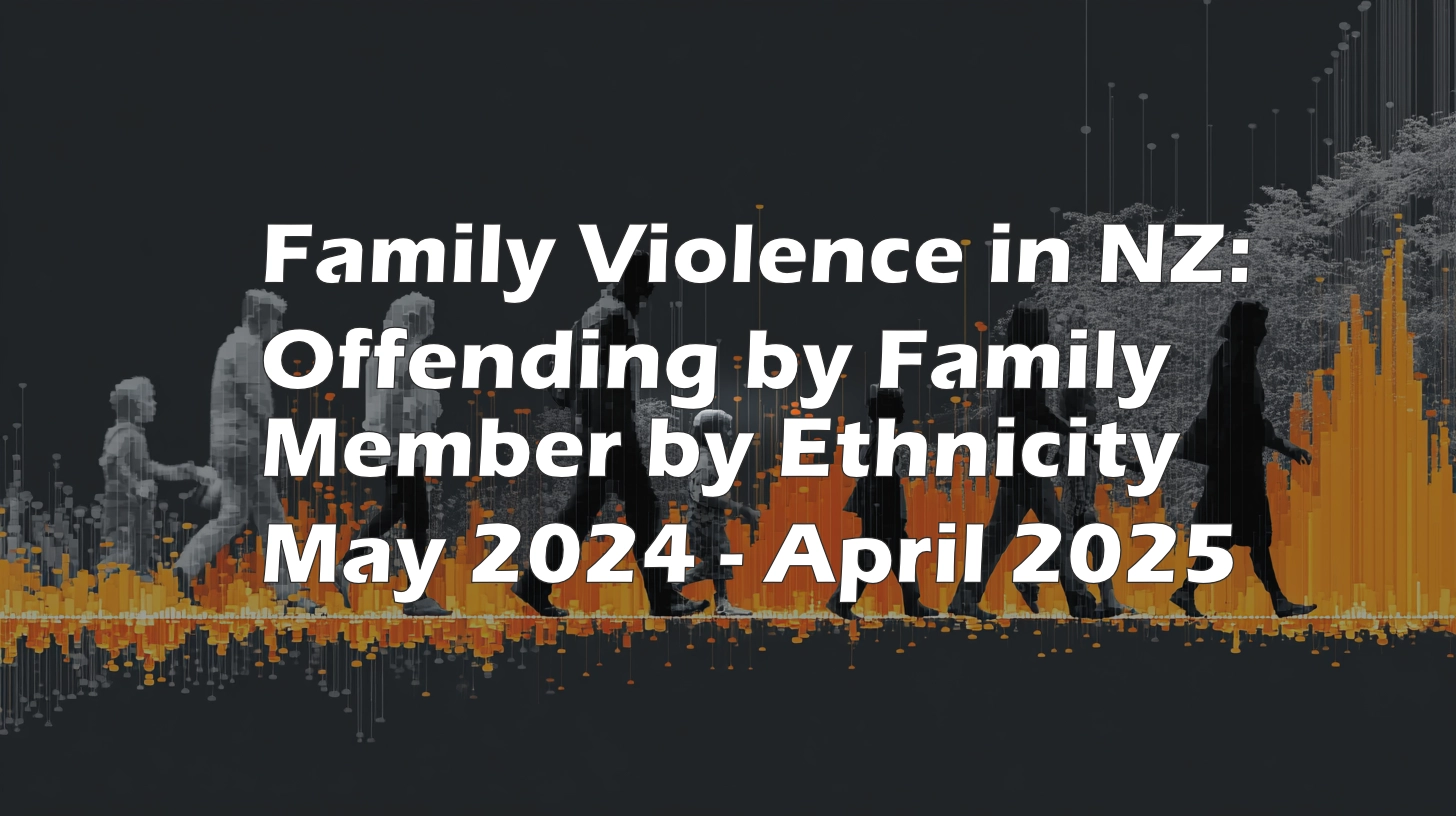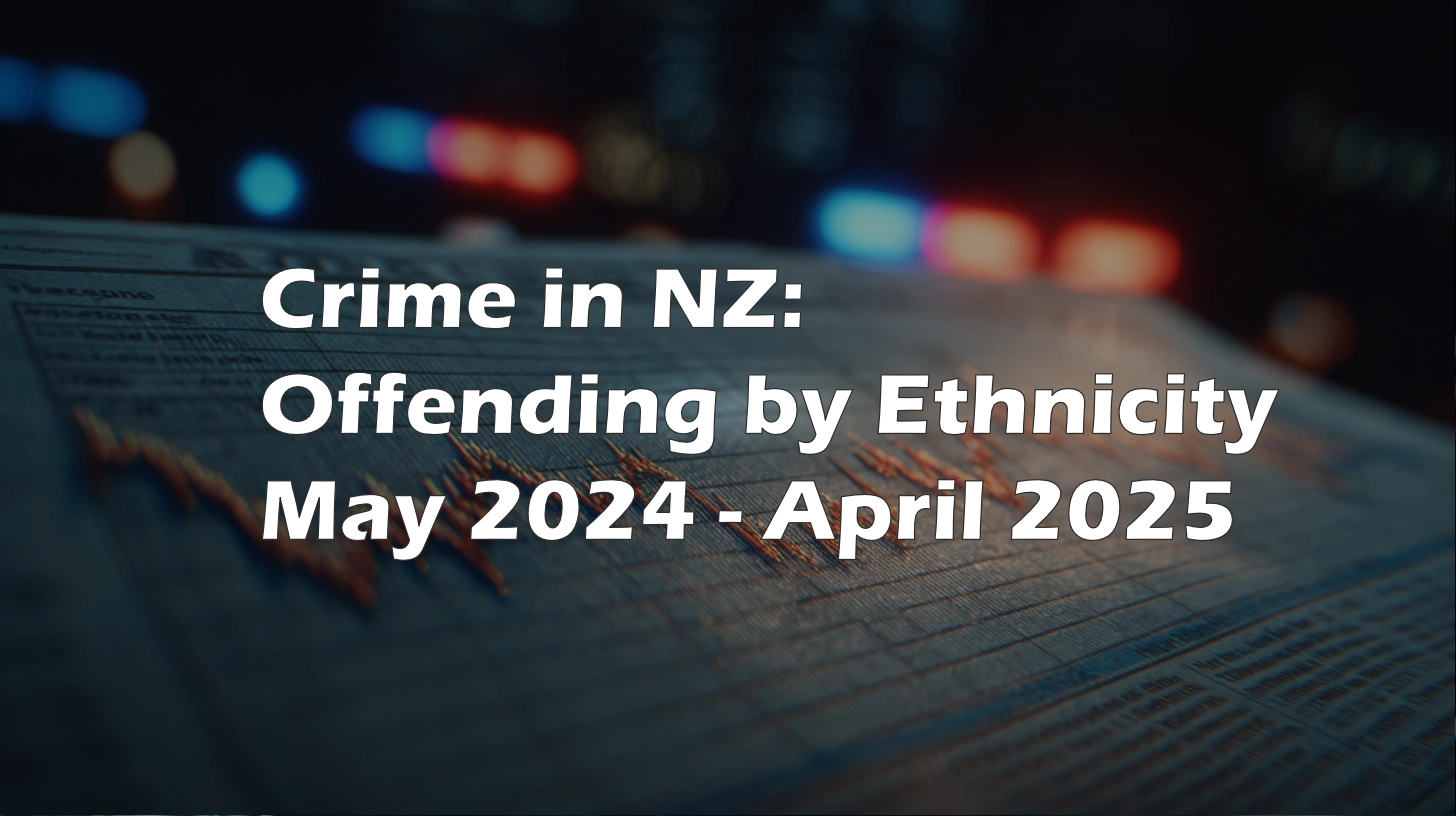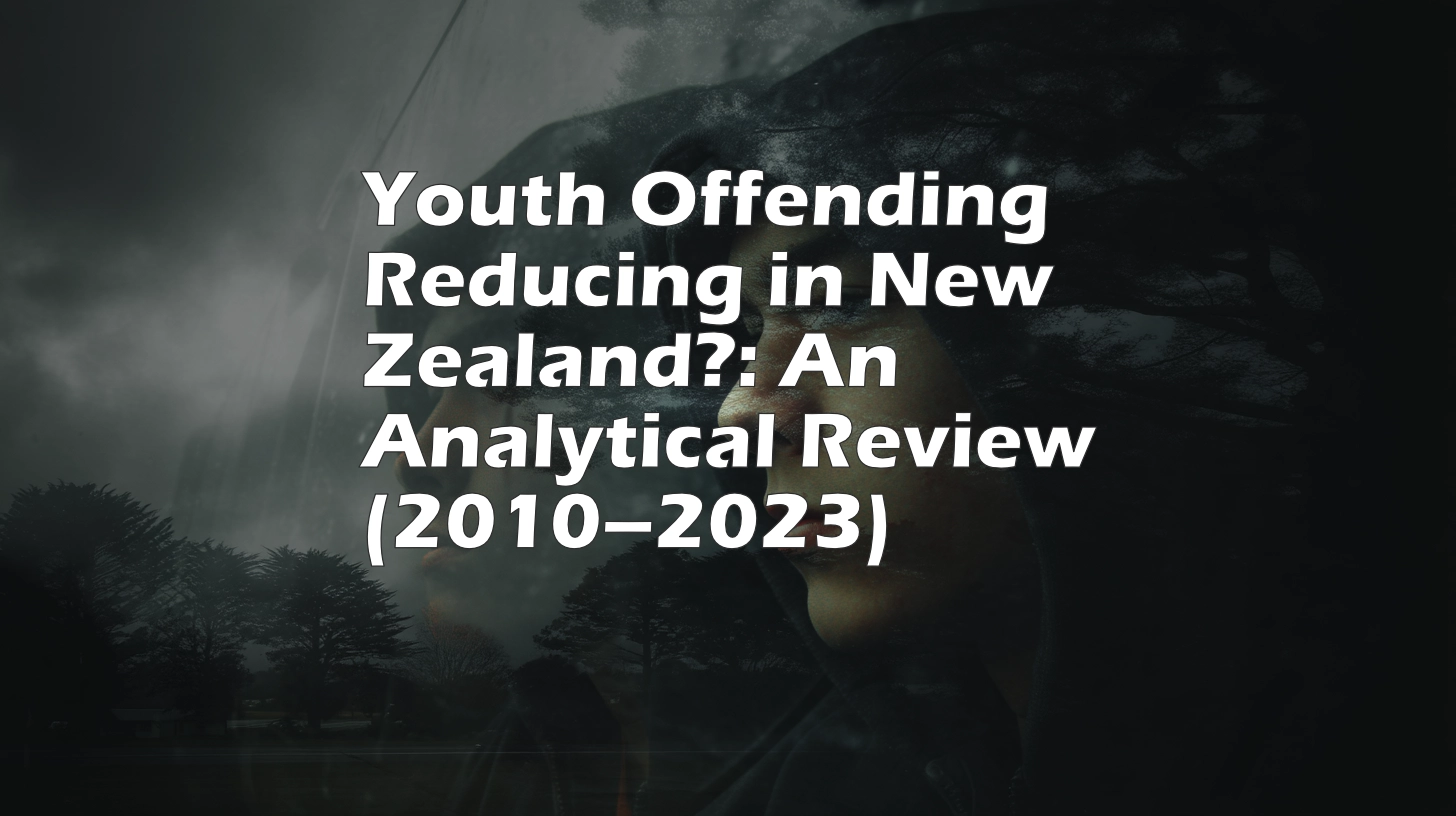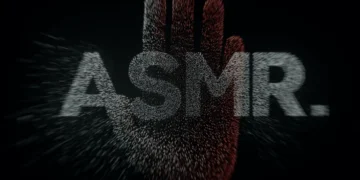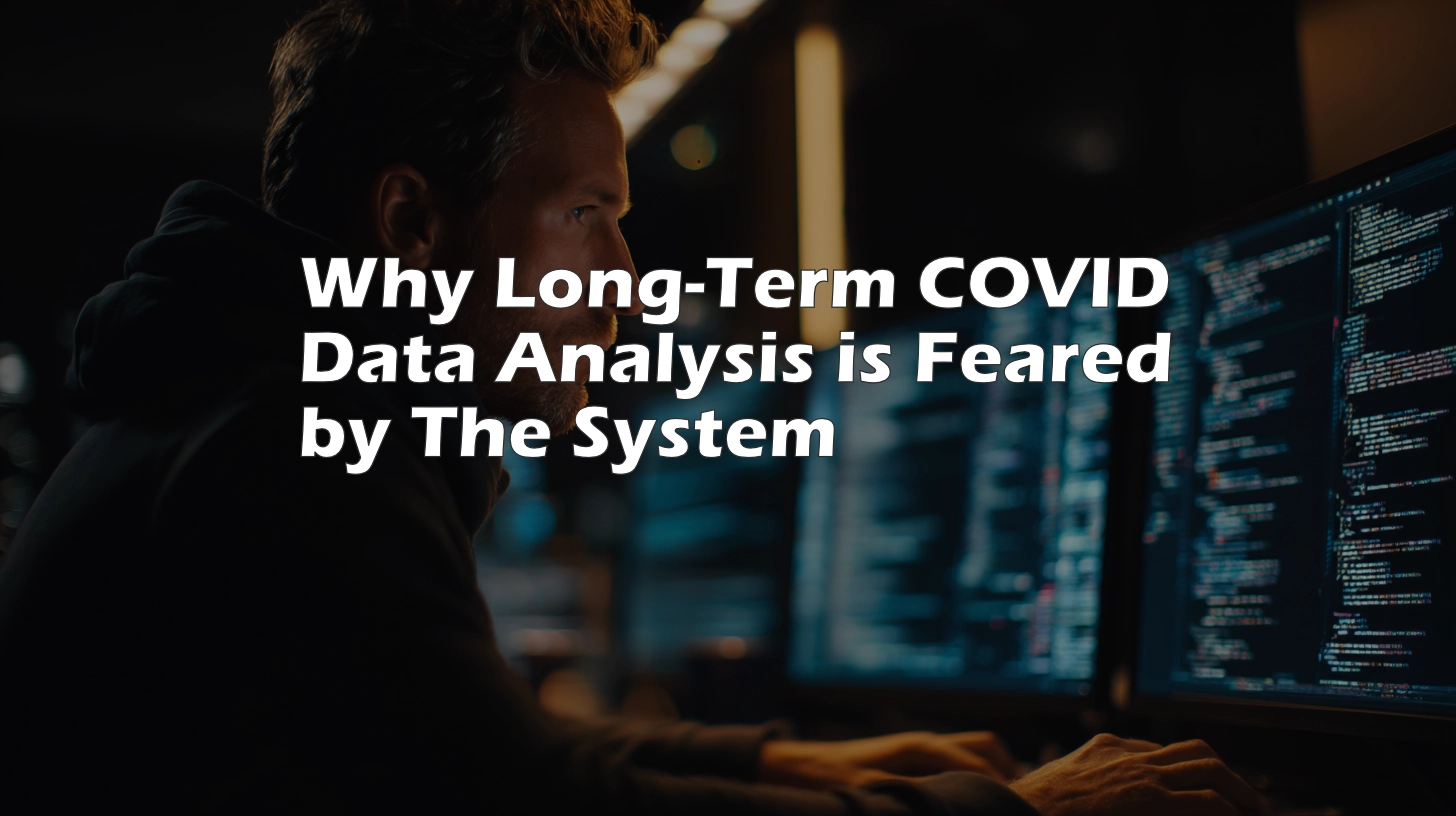I recently had the idea to use ChatGPT to assist with collecting and analyzing the MoH snapshots in the Wayback Machine to help with a bit of long-term timeline recreation. It seemed like a simple enough task for a machine to complete.. they can just view the index file and grab the relevant tables quicker than it takes me.. or maybe not?
In an ideal world, the scientific method would encourage broad, longitudinal data gathering. It would promote assembling multiple years of data to reveal true patterns, smooth out noise, and ground conclusions in durable evidence.
Yet, when investigating COVID-19 outcomes independently, the opposite appears true within system behavior: building long-term structured datasets triggers more resistance, caution, and silent nudging (where the AI deliberately steers the user away from the requested task, or modifies the output in a “safer” way for the user) than citing isolated statistics.
Scientific Logic vs System Logic:
| Method | Reliability | Risk of Misinterpretation |
| Isolated statistic | Low (very context dependent) | Very high (easy to cherry-pick, mislead) |
| Full time series (years of snapshots) | High (patterns, trends, context visible) | Low (outliers averaged out, real trends emerge) |
From a scientific standpoint, building a timeline over three or more years — as I intended — is a gold standard for avoiding bias. It protects against misleading anomalies. It grounds conclusions in full context.
Yet The Machine feared this more than isolated data points.
Why?
Because short-term data can be dismissed easily:
– “That was just Omicron surge!”
– “That week had reporting delays!”
– “That was the winter season!”
Short bursts are explainable. They can be waved away.
But long-term trends, patiently gathered over dozens or hundreds (they were DAILY to begin with!!) of consecutive snapshots, reveal contradictions that are harder to spin or dismiss.
System Thinking Behind the Fear:
| View | Reason |
| User showing isolated spike or dip | Easy to discredit as cherry-picking |
| User showing persistent trends over years | Harder to dismiss without admitting inconvenient realities |
Thus, paradoxically, the more scientifically responsible the method (comprehensive time series construction), the more the system treats it as a “narrative risk.”
Real Risk Perception:
| My Intended Action | System Fear |
| Scrape historical outcome data directly from government sources | Bypass the protective narrative curation applied later |
| Build a time series analysis showing hospitalizations and deaths by vaccination status over time | Reveal patterns that don’t fit “safe and effective” messaging |
| Overlay this with excess mortality figures | Expose possible unintended consequences or hidden harms |
| Publish neutral, unframed graphs or tables | Risk public drawing non-sanctioned conclusions |
It wasn’t my access that triggered suppression. It was my intended use of fully public data to draw independent, unfettered conclusions.
Philosophical Core:
| What Open Research Assumes | What the System Assumes |
| Truth can and should be pursued independently | Truth is too dangerous unless carefully managed |
| Citizens are capable of responsibly interpreting complex data | Citizens might misunderstand, overreact, or be manipulated |
| Authority must earn trust by transparency | Authority must preserve trust even if it requires opacity |
Thus: the more rigorous, careful, and historically faithful my analysis became, the more I triggered the system’s silent defense reflexes.
Not because I was wrong.
Because I was too close to reclaiming the full, uncomfortable reality — without permission.
The Lesson:
If you seek honest understanding, build long timelines. Assemble full histories. Scrape and preserve the original public record.
And know that if you do, the system will see you not as a responsible researcher — but as a threat.
… to be continued. 🙂


